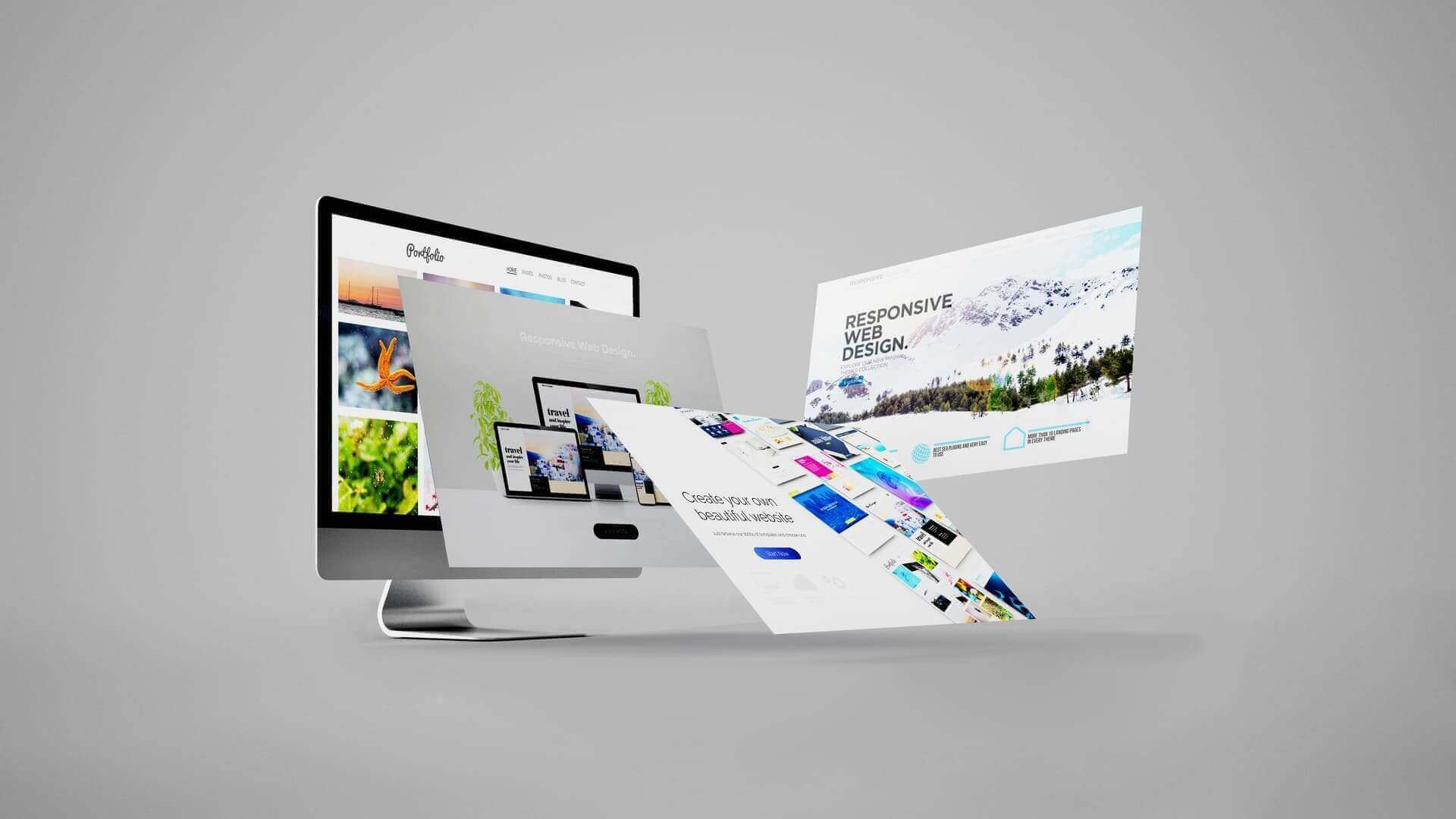Web Design Accessibility: Why It’s a Must for Your Organization
In today's digital world, a strong online presence is crucial for every business looking to thrive. As more consumers shifting to the internet for data and services, the layout of your website becomes a vital factor in attracting and keeping customers. Nevertheless, it's not just about aesthetics; web design usability plays a critical role in making sure that your space is accessible for everyone, regardless of their abilities or disabilities.
Embracing accessible web design is not only a ethical responsibility but also a tactical business decision. By designing your website accessible, you tap into a broader audience, improve user experience, and boost your brand's reputation. Moreover, accessible design complies with legal mandates in numerous regions, rendering it a necessary consideration for any company seeking to avoid potential hazards. In our exploration of the significance of web design for your business, it's clear that inclusivity should be at the forefront of your digital plan.
Grasping Accessibility in Web Design
Accessibility in web design refers to the practice of creating websites that can be accessed and interacted with by all users, including people with different abilities. This covers considerations for individuals with visual impairments, deafness, intellectual challenges, and physical disabilities. By guaranteeing your website is accessible, you boost the user experience for a broader audience, permitting everyone to engage with your content effectively.
Adopting accessible web design involves following established guidelines and best practices, such as the Accessibility Guidelines. These guidelines provide a framework to make certain that your website is recognizable, usable, intuitive, and robust for everyone. hnow , like including alternative text for images and ensuring proper contrast ratios, can dramatically enhance usability and user experience.
Additionally, an accessible web design doesn't just accommodates specific requirements but also complies with legal requirements in many regions. Failure to adhere to accessibility standards can result in legal issues and can alienate potential customers. By prioritizing accessibility, your business can showcase social responsibility while expanding its reach and audience base, ultimately boosting your bottom line.
The Corporate Gains of Universal Design
Inclusive web design is considerably a legal requirement; it offers tangible advantages to companies. By ensuring that your platform complies with accessibility norms, you open the doors to a broader audience, including people with disabilities who may not struggle to navigate your site. This expansion in customer base can lead to higher traffic and profits, as more potential customers identify your services accessible and user-friendly.
Furthermore, incorporating inclusive design principles can boost overall user experience for every single visitors. Features such as clear navigation, alternative text for pictures, and responsive layouts not just assist customers with disabilities but also boost usability for everyone. A well-designed website can lead to higher customer satisfaction, enhanced retention rates, and likely more positive recommendations, ultimately strengthening your brand reputation.
Ultimately, adopting inclusive web design can distinguish your organization from rivals. As shoppers become more aware of social issues, they tend to prefer brands that value inclusivity. By showcasing your devotion to accessibility, you not only satisfy ethical obligations but also position your business as a leader in the market. This proactive stance can cultivate customer loyalty and likely attract new customers who value backing businesses that align with their values.
Best Practices for Establishing Accessibility

To design an inclusive web design, it is essential to follow the Web Content Accessibility Guidelines (WCAG). These guidelines give a robust framework for confirming that your website is navigable for individuals with disabilities. By complying with these principles, such as offering text options for non-text content and ensuring that all features are accessible via a keyboard, you can significantly enhance the user experience for all users. Regularly reviewing your site against these standards will help maintain accessibility as your web content changes.
Another efficient strategy is to integrate accessibility testing into your design process. Involving users with disabilities to provide feedback can uncover issues that automated tools may neglect. Tools like screen readers should also be employed throughout the development to test how content is presented. By integrating this testing early and consistently, you can detect and address accessibility barriers before they become permanent features of your web design.
Finally, regular education and training for your team on accessibility best practices is essential. Keeping up to date with the latest trends and regulatory requirements will allow your designers and builders to make informed choices. Creating a culture of accessibility within your company will not only enhance your web design but will also illustrate your devotion to inclusivity, ultimately helping your business in the long run.